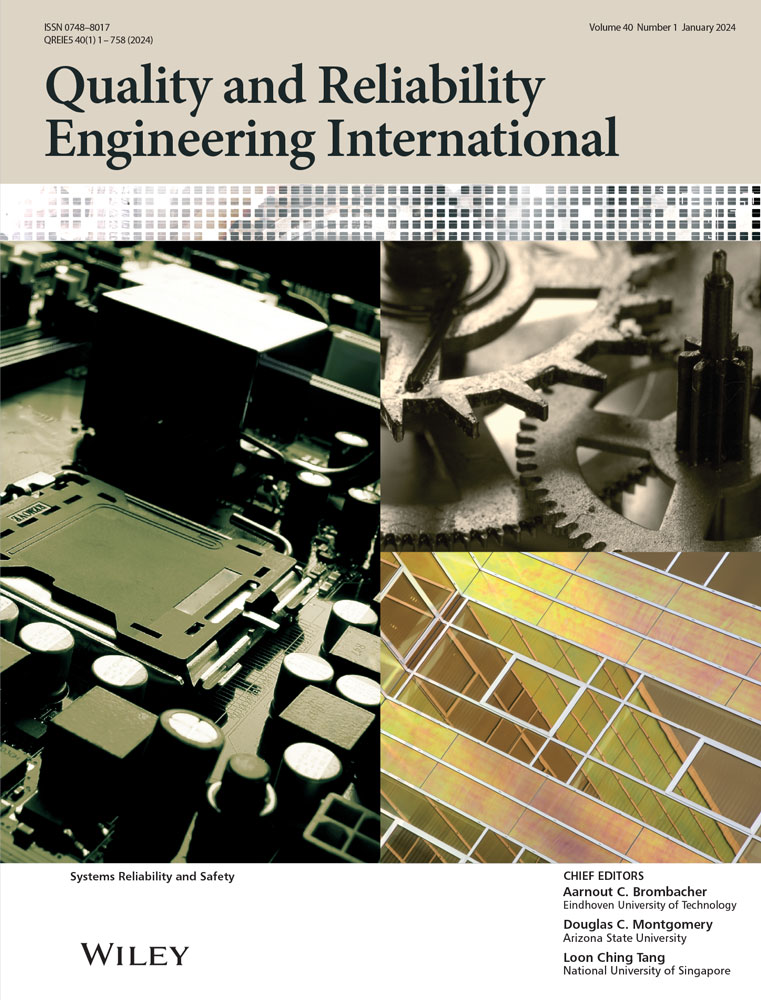Corrections to an adaptive EWMA control chart based on Hampel function to monitor the process location parameter by Zaman et al. (2023)
Abstract
Zaman et al.1 proposed an adaptive exponential weighted moving average (AEWMA) control chart (CC) by integrating Hampel function features into the traditional EWMA CC structure. The purpose of this study is to find and fix the inaccuracies in the AEWMA CC by Zaman et al.1. We reproduce the results after rectifying the errors of the AEWMA control chart by applying Monte Carlo simulation. The results of corrected version of the AEWMA CC indicates better performance as compared to Zaman et al.1 The average run length is chosen as a performance measure for comparison reason.
Open Research
DATA AVAILABILITY STATEMENT
The required data is already part of the manuscript.




